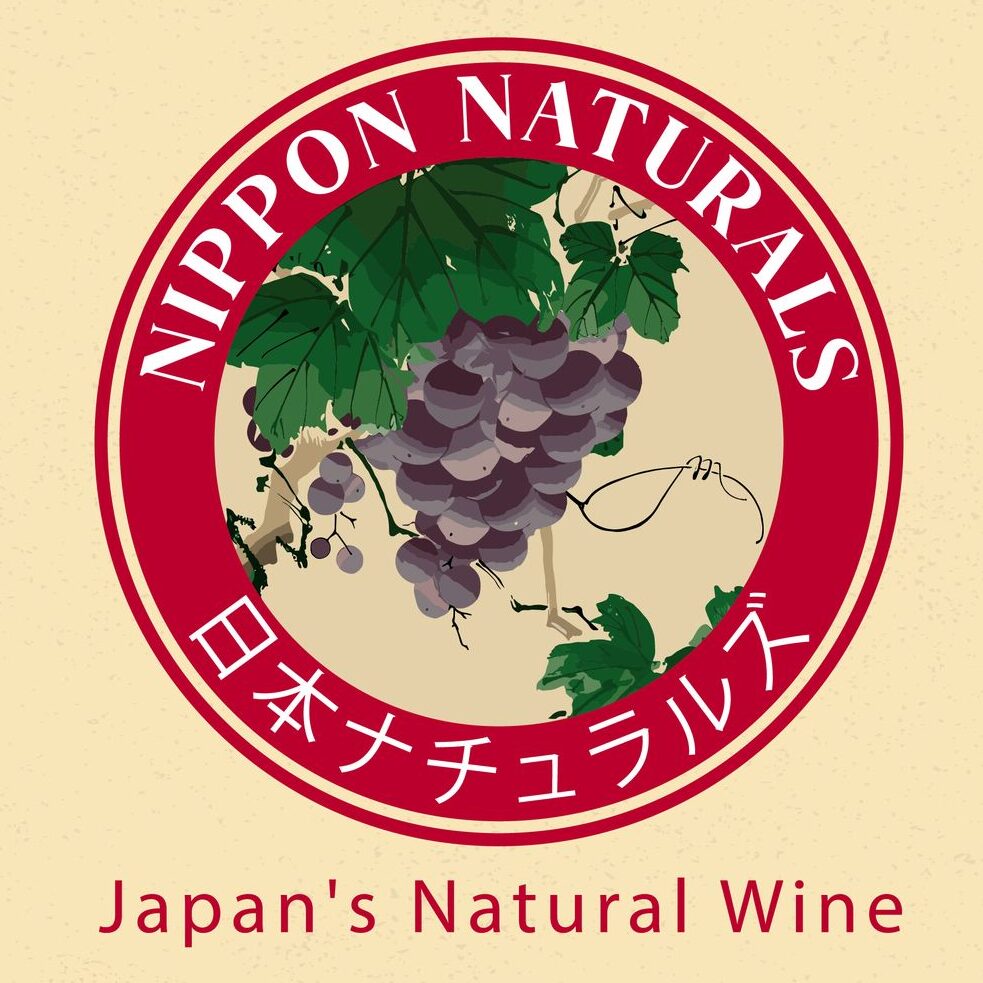NIPPON NATURALS
日本ナチュラルズ
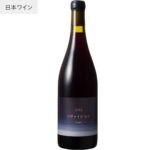

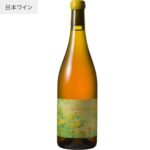
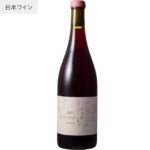
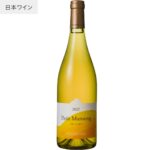
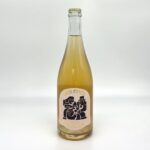
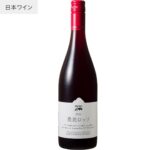
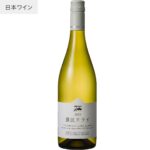

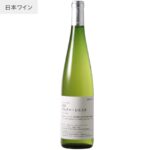

Coco Farm & Winery was founded in 1958 in the Ashikaga mountains of Tochigi Prefecture, originated from the cultivation efforts of local junior high school students led by teacher Mr Noboru Kawada. The winery’s mission was to provide a platform for individuals with intellectual disabilities and others to showcase their abilities and vitality. In 1969, Kokoromi Gakuen, a school supporting adults with intellectual disabilities, was established nearby.
Despite initial challenges, including the inability to obtain a fruit wine production license, Coco Farm & Winery was officially established in 1980 by Mr. Kawada and supporters who shared his vision. With the granting of a production license in 1984, the winery began producing wine.
Mr. Bruce Gutlove, a key figure in the winery’s history and current director, joined in 1989, bringing expertise from his work in California. The ethos of the winery revolves around a promise to prioritize quality regardless of who the winemaker is.
Over the years, the winery has achieved significant milestones, including producing sparkling wine for the G8 meeting in Okinawa in 2000. Notable figures like Mr. Hideki Ishii and Mr. Toyoichiro Shibata contribute to the winery’s viticulture and winemaking processes, respectively.
The winery’s vineyards, located in Ashikaga and Sano, boast unique geological compositions that contribute to the depth of their wines. With a focus on indigenous Japanese grape varieties and natural winemaking techniques, Coco Farm & Winery emphasizes sustainable practices and a deep connection to nature.
From fermentation with wild yeasts to aging in natural cellars, the winery’s commitment to environmental stewardship is evident. Despite the ephemeral nature of their product, the team dedicates themselves to excellence in winemaking, embodying Mr. Kawada’s philosophy of giving their best effort in the face of nature’s vastness.
A red grape variety widely planted in wine regions around the world. It is known for its herbaceous aromas, red fruit flavors, and elegant structure, often used as a blending grape in Bordeaux-style blends or crafted into varietal wines.
One of the world’s most popular red grape varieties, prized for its deep color, bold tannins, and flavors of blackcurrant, plum, and cedar.
One of the most popular white grape varieties globally, originating from Burgundy, France. It is prized for its versatility in winemaking, producing a wide range of styles from crisp unoaked wines to rich, buttery oak-aged wines, with flavors of citrus, tropical fruits, and vanilla.
A red grape variety primarily grown in the eastern United States, producing wines with fruity flavors reminiscent of strawberries and cherries.
A red grape variety most famously associated with the Beaujolais region of France, known for its light-bodied wines with flavors of red berries and floral notes.
A white grape variety native to southwest France, producing aromatic wines with flavors of citrus, tropical fruits, and sometimes honey.
A white grape variety indigenous to Japan, known for its crisp acidity and flavors of green apple and citrus.
A white grape variety native to Japan, primarily grown in the Yamanashi Prefecture. It is known for its crisp acidity, subtle aromas, and delicate flavors, often used to produce light and refreshing wines with citrus and floral notes.
A red grape variety popular for its soft, approachable tannins and flavors of plum, cherry, and chocolate.
A hybrid grape variety developed in Japan, prized for its aromatic qualities. It is commonly used in winemaking to produce fragrant and floral wines, often with sweet or off-dry profiles.
A modern cultivar derived from Muscat of Alexandria and Muscat Bailey A, producing wines with pronounced Muscat aromas and flavors.
A white grape variety primarily grown in North America, producing wines with intense fruity flavors reminiscent of grapes and tropical fruits.
A red grape variety native to the United States, prized for its deep color, bold tannins, and flavors of dark fruits and spices.
A white grape variety known for its high acidity and ability to produce aromatic wines with flavors of tropical fruits and honey.
A white grape variety originating from Japan, created by crossing Riesling with Koshu Sanjaku, known for its versatility in winemaking and aromatic profile.
A white grape variety primarily grown in Italy, producing wines with crisp acidity and flavors of green apple and citrus.
A white grape variety from Japan, prized for its large, juicy berries and intense Muscat aromas.
A red grape variety commonly grown in Switzerland, producing light-bodied red wines with fruity flavors and soft tannins.
A red grape variety originating from France, known for its robust tannins and flavors of dark fruits and earthy undertones.
A white grape variety native to North America, producing wines with crisp acidity and flavors of citrus, peach, and tropical fruits.
A white grape variety cultivated in Japan, known for its vibrant acidity and flavors of citrus and green herbs.
A red grape variety from Austria, known for producing medium-bodied red wines with flavors of red and black fruits and spicy notes.


Sprays –
Fertilizer –
Hand-picked –
Natural yeast –
Fining / Filtering –
Added sulfites –
